Research Brief: How Greenhouse Gas Emissions are Influenced by Stratification and Mixing Events
1Shallow lakes and ponds undergo frequent thermal stratification, which can influence greenhouse gas emissions over time. As global greenhouse gas emissions increase globally, it’s important to understand natural and man-made contributions.
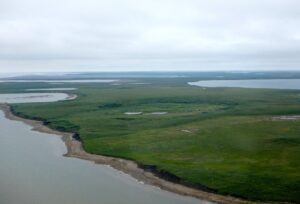
Drained lake bed at Illisarvik seen from helicopter just before installation of a greenhouse gas monitoring system. (Credit: Wesley Skeeter / UBC via Flickr CC BY 2.0)
Even natural emissions have been worsened by climate change as increased temperatures lead to surface waters heating and becoming stratified. Additionally, since emissions from natural resources are highly variable, determining the drivers and controls of those emissions can be challenging. As a result, predicting future emissions can be difficult without a baseline understanding of the role thermal structure plays in emissions.
A 2023 study published in Biogeosciences monitored greenhouse gas (methane (CH4), carbon dioxide (CO2) and nitrous oxide (N2O)) emissions and the thermocline of a shallow lake in order to connect stratification/mixing events to emissions.1
Methods
Weekly estimations of greenhouse gas emissions occurred during the growing season (May to September) on Lake Ormstrup and were combined with temperature and oxygen profiles to track stratification.
Samples of dissolved concentrations of CH4, CO2 and N2O were collected from the surface starting April 20, 2020. On May 26, 2020, bottom water samples were added, and sampling of both continued until October 13, 2020.1 Methane estimates were calculated using a total of 40 floating chambers that were sampled every 2 weeks.
In June 2020, a NexSens Cb-450 data buoy was deployed at the deepest part of the lake, equipped with a NexSens TS210 thermistor string with four total sensors. One was placed 5 cm above the water and 1, 2, and 3m below the surface.
Two Aqua TROLL 500 multi-sondes were deployed as well: one near the surface (1m deep) and the other deeper (3.8m). The sonde was equipped with dissolved oxygen and water temperature sensors.
Results
Three main stratification periods were recorded, and average diffusive emissions of methane and nitrous oxide were larger and more variable during stratified periods.1 In contrast, carbon dioxide was, on average, lower, though these differences were not statistically significant.
As the lake mixed, large effluxes of methane and carbon dioxide were recorded. Two relatively isolated turnover events were estimated to be the greatest contributor to CH4 emissions between May and September.
The results of the study suggest that stratification patterns can shape greenhouse gas emissions, highlighting the need for high-frequency measurements to accurately characterize emissions, particularly from temporarily stratifying lakes.
Resource
- Davidson, T. A., Søndergaard, M., Audet, J., Levi, E., Esposito, C., Bucak, T., and Nielsen, A.: Temporary stratification promotes large greenhouse gas emissions in a shallow eutrophic lake, Biogeosciences, 21, 93–107, https://doi.org/10.5194/bg-21-93-2024, 2024.




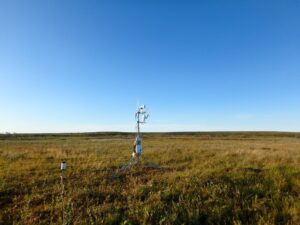
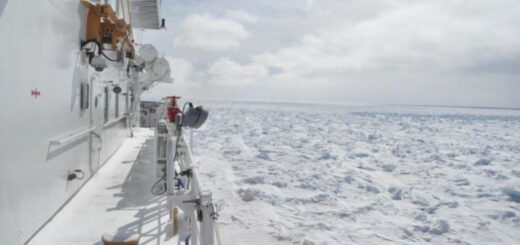
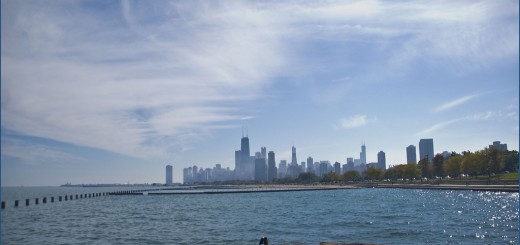
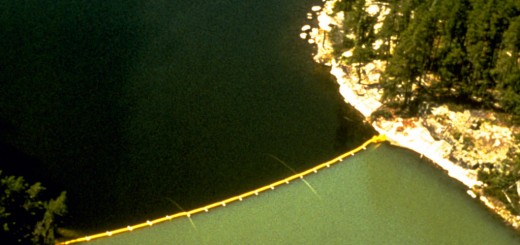
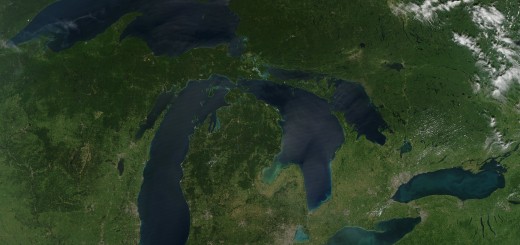

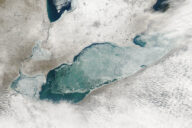




[…] modern researchers have theorized that the subsequent post-thaw greenhouse gas release may contribute to the worsening of climate change’s impacts in the region as gross greenhouse gas […]